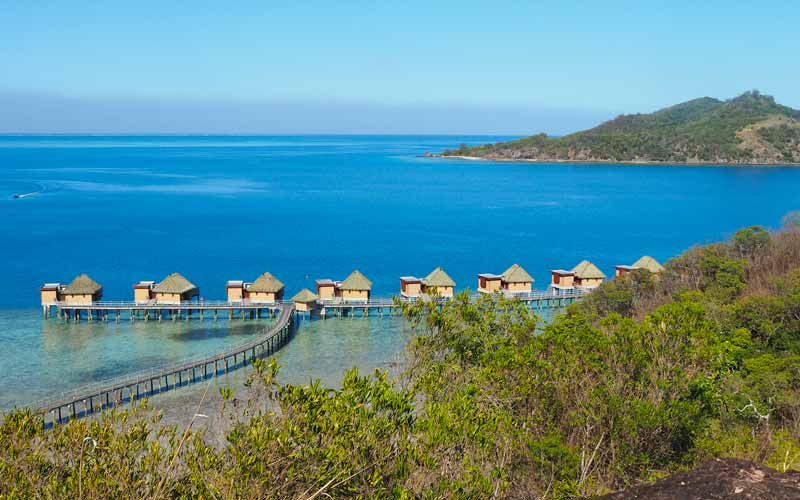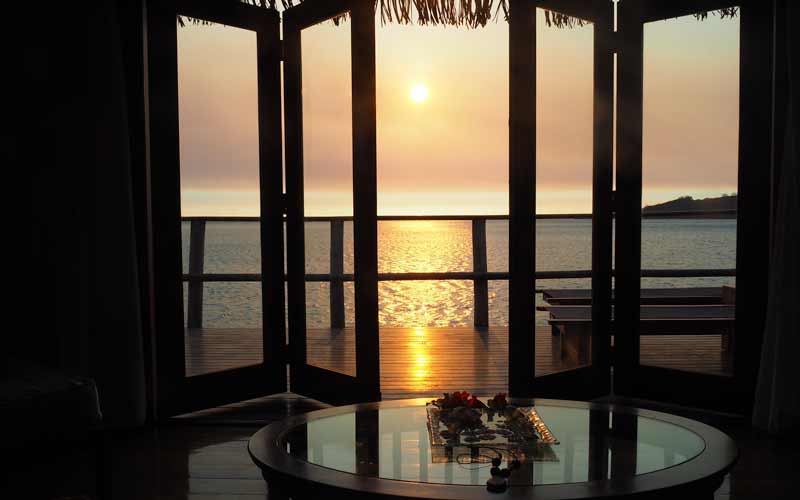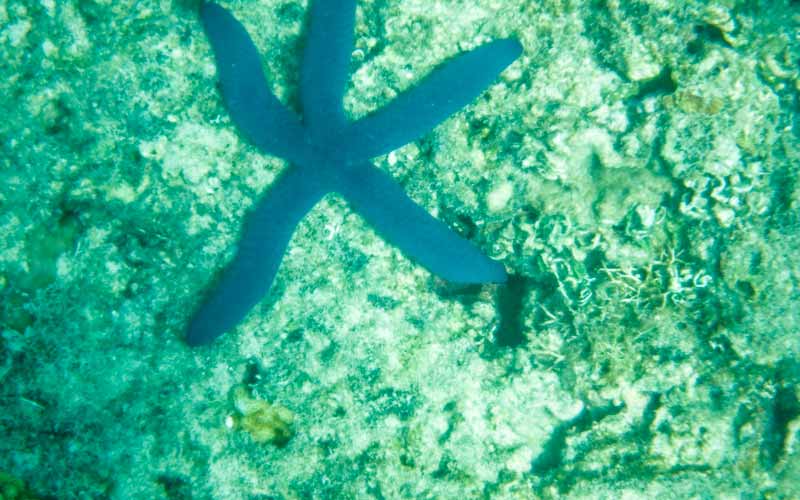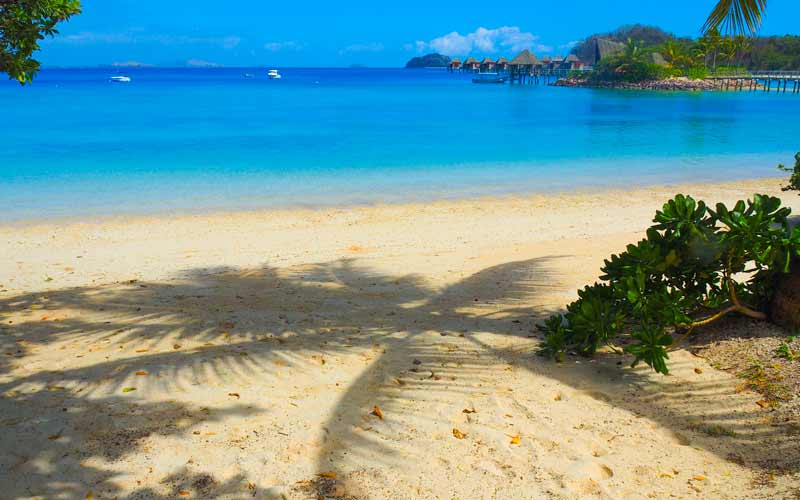Escape to a Polynesian Paradise in Fiji

Bula! Bula! were the first two words I heard as the Fijians welcomed me to their island. Bula is the national greeting that means hello and is a phrase that many travelers use when interacting with locals in Fiji.
Fiji is an archipelago of more than 300 islands located in the South Pacific. Only 110 of Fiji’s islands are inhabited. The two major islands are Viti Levu and Vanua Levu, which account for almost 90 percent of the population. Viti Levu is also home to Fiji’s largest city and capital, Suva.
Fiji has a developed economy that includes tourism, sugar production, and an abundance of natural resources. Tourism is considered one of the main drivers of the economy due to Fiji’s reputation for its white sand beaches filled with palm trees and stunning blue lagoons. It draws in honeymooners who seek a private destination that offers luxurious accommodations, along with the ultimate treat – relaxation.
I had the opportunity to visit Fiji in late November for my honeymoon and stayed at Likuliku Lagoon; a private, understated haven with over-water Bures, inspired by traditional Fijian architecture. Likuliku lies in the center of the Mamanuca chain of islands, which is a short ferry ride from the main island of Vitu Levu.
My stay at Likuliku was like nothing I had ever experienced. I would start my day by hiking the island and taking pictures from the top of the mountain. From there I would go for a delicious breakfast. While gazing out into the ocean over breakfast, I would think about how to spend my afternoon. My options were: snorkeling in the lagoon, taking a dip in the infinity pool, kayaking, paddle boarding, enjoying the spa, or doing what some do very well – nothing!
I admit, on some days I did embrace laziness and just sat on my lounge chair listening to the sounds of the ocean, but on other days, my husband and I took advantage of our activities package and headed out on the water to try paddle boarding, snorkeling, and kayaking. It was all amazing!
What I learned about visiting Malolo is that there isn’t a ton to do besides playing on the water and hiking up the mountain, but as I reflect on my trip, I realized that this was exactly what I needed. Having the opportunity to completely disconnect from the world and not worry about emails, phone calls, and work was wonderful, and Fiji was the ideal place to do this.
The evenings in Fiji were incredible. I remember sitting out over the water on my deck watching the sunset with a glass of white wine and the “surprise” appetizer that was delivered every day by the chef. My husband and I would just enjoy the changing colors and pointing out the different types of fish that would swim underneath our hut and around the lagoon.
After sunset, we would get ready for dinner which was always on “Fiji Time.” What I learned about “Fiji Time” is that a reservation is never required, and even if you are the last couple dining on the island, the staff are very friendly and will accommodate your every wish.
Dinners at Likiliku Lagoon could best be described as fresh, local, and creative. The menu changed daily depending on what was caught. I had the opportunity to eat everything from wild tuna and salmon to grouper, shrimp, and all of the trimmings from the buffet that included fresh fruit, salads, and desserts. Feeling thirsty? The restaurant was also home to wines from New Zealand and Australia and local beer; Fiji Gold was our favorite.
As you can probably tell, there isn’t too much that is disappointing about Fiji. I’ll admit that it was a long way to travel, but if you are looking to completely relax with your significant other and enjoy a friendly culture with unique accommodations, Fiji is a great place to visit.
Mark is an experienced food writer, recipe developer, and photographer who is also Umami’s publisher and CEO. A passionate cook who loves to cook for friends, he can often be found in the kitchen or by the grill testing new recipes.
More Info About Mark Hinds
Learn More
Find more recipes, tips, and ideas about these techniques, ingredients, and cuisines.





Leave a Reply